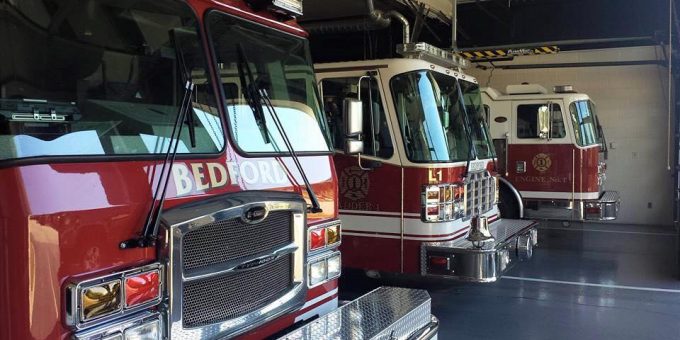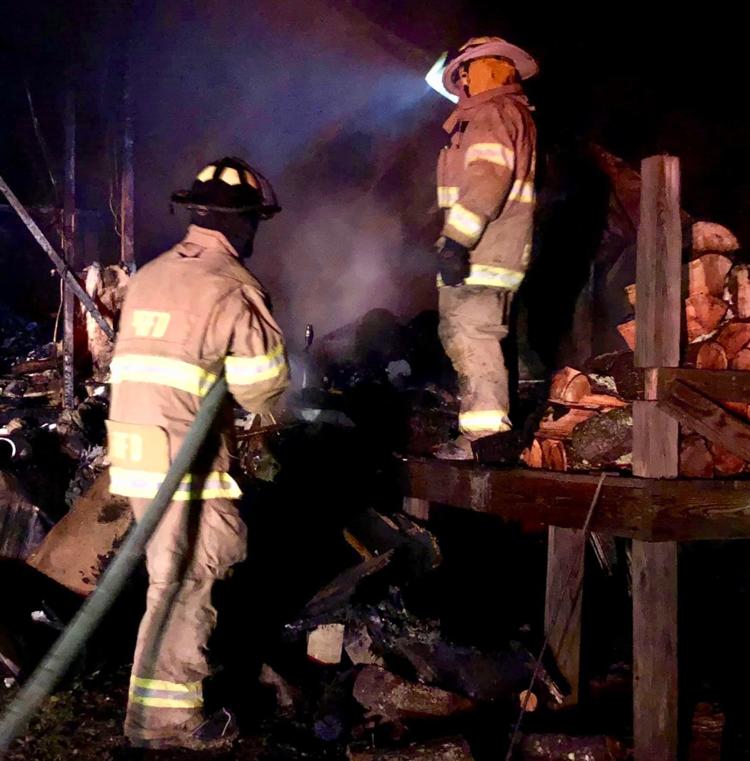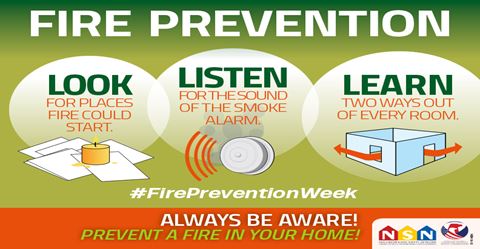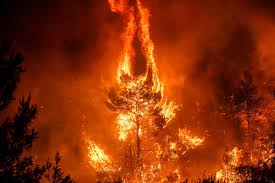
(UNDATED) – Fire Prevention Week commemorates the Great Chicago Fire.
On the 40th anniversary (1911) of the Great Chicago Fire, the Fire Marshals Association of North America (FMANA); the oldest membership section of the National Fire Protection Association (NFPA); sponsored the first National Fire Prevention Day, deciding to observe the anniversary as a way to keep the public informed about the importance of fire prevention.

In May 1919, when NFPA held its first meeting in Ottawa at the invitation of the Dominion Fire Prevention Association (DFPA), the NFPA and DFPA both passed resolutions urging governments in the United States and Canada to support the campaign for a common Fire Prevention Week in 1922. The non-profit National Fire Protection Agency, which has officially sponsored National Fire Prevention Week since it’s inception, selects the theme for Fire Prevention Week.

In the United States, the first National Fire Prevention Day proclamation was issued by Calvin Coolidge proclaiming the first Fire Prevention Week October 4-10, 1925, he noted that in the previous year some 15,000 lives were lost to fire in the United States. Calling the loss “startling”, Coolidge’s proclamation stated.

“This waste results from the conditions which justify a sense of shame and horror; for the greater part of it could and ought to be prevented… it is highly desirable that every effort to be made to reform the conditions which have made possible so vast a destruction of the national wealth.”
The National Fire Prevention Week for October 2019 is October 6-12. National Fire Protection Association has selected preparedness as the theme. The slogan this year is, “Not every hero wears a cape. Plan and practice your escape.”






Key fire safety tips
- Watch your cooking
Stay in the kitchen when you are frying, grilling, or broiling food. If you must leave, even for a short time, turn off the stove. - Give space heaters space
Keep fixed and portable space heaters at least three feet from anything that can burn. Turn off heaters when you leave the room or go to sleep. - Smoke outside
Ask smokers to smoke outside. Have sturdy, deep ashtrays for smokers. - Keep matches and lighters out of reach
Keep matches and lighters up high, out of the reach of children, preferably in a cabinet with a child lock. - Inspect electrical cords
Replace cords that are cracked, damaged, have broken plugs, or have loose connections. - Be careful when using candles
Keep candles at least one foot from anything that can burn. Blow out candles when you leave the room or go to sleep. - Have a home fire escape plan
Make a home fire escape plan and practice it at least twice a year. - Install smoke alarms
Install smoke alarms on every level of your home, inside bedrooms and outside sleeping areas. Interconnect smoke alarms throughout the home. When one sounds, they all sound. - Test smoke alarms
Test smoke alarms at least once a month and replace batteries once a year or when the alarm “chirps” to tell you the battery is low. Replace any smoke alarm that is more than 10 years old. - Install sprinklers
If you are building or remodeling your home, install residential fire sprinklers. Sprinklers can contain and may even extinguish a fire in less time than it would take the fire department to arrive.
Indiana Statistics:
In 2017: 6 deaths
In 2018: 75 deaths
In 2019: 37 deaths
Indiana: 74.2 percent of the Fire Departments served by Volunteer Fire Departments
14.3 percent Mostly Volunteer
2.6 percent Mostly Career
8.9 percent Career
EMS runs makeup 67 percent of the runs for Indiana Fire Departments
Fire runs makeup 4.5 percent of the runs for Indiana Fire Departments



